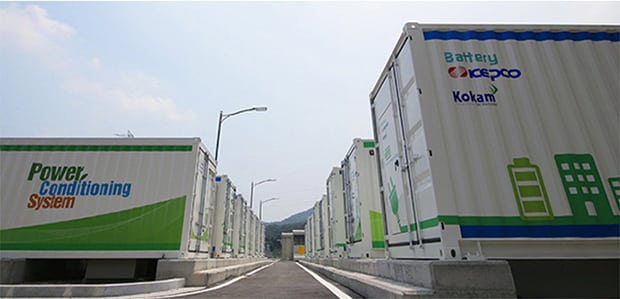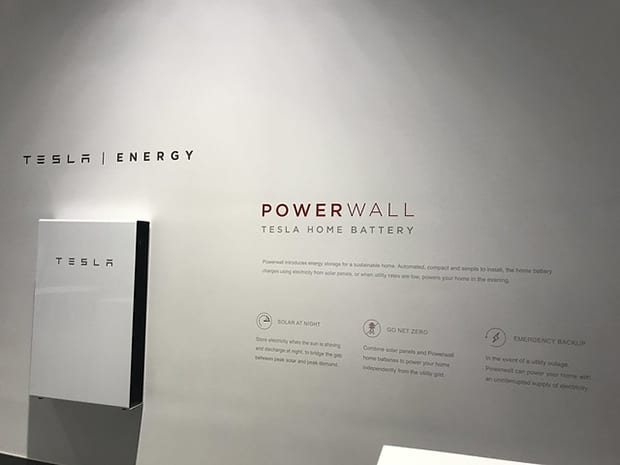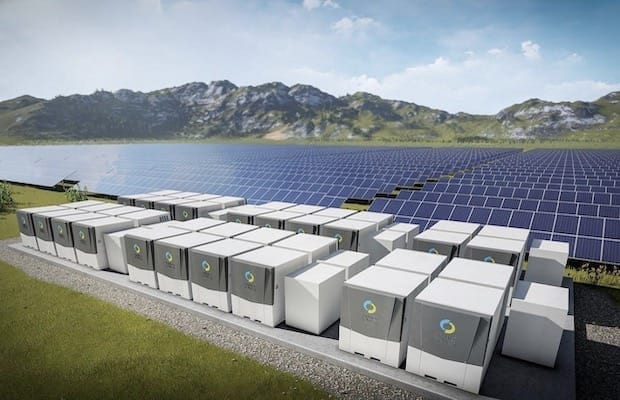The burgeoning as-a-service model, offering greater user flexibility and attractive economics, is now a viable option for energy storage. As with transportation, office equipment, and other capital-intensive assets, large-scale energy users both on and off the grid can leverage the benefits of battery storage on a use-only-what-you-need-when-you-need-it basis. What is the main driver behind this new offering? Flexibility.
Removing the Risks
There are several reasons why storage-as-a-service makes sense in today’s fast-evolving energy landscape. First, long-term ownership commitments may lead to stranded assets and tied-up capital (especially with relatively new technology). In certain cases, it might be better to rent a system and see if it proves valuable. Second, as-a-service solutions provide maximum flexibility when market conditions shift. For example, when regulations or the value of ancillary services change, users can more easily adapt. Third, rental customers can generally contract with one supplier who takes responsibility for system design, performance, and maintenance—a “one-stop shop.” These new approaches to system deployment offer a virtually risk-free, 100% reliable solution.
There are also compelling arguments for the as-a-service model that apply in particular to batteries. For example, potential customers may have concerns about battery life and whether their investment will be compromised. New technology is continually coming on the market, which could render their newly acquired asset obsolete. As with solar photovoltaic technology, there’s a perception that prices will continue to decline. Why buy now if it’ll be cheaper tomorrow? Faced with a purchase decision, these concerns can lead to hesitation, limiting a customer’s ability to capture energy storage benefits immediately. The more-flexible as-a-service alternative eliminates these risks.
A final point worth mentioning is that batteries typically have long lead times, ranging from nine to 18 months, depending on market conditions. Most established providers that offer storage-as-a-service have inventory available that can be delivered on short notice (typically less than three months), enabling customers to realize the benefits faster.
Convenient Contracts and Configurations
Storage-as-a-service contracts start with periods as short as a few months (although multi-year terms are far more economical). Typically, agreements are based on a regular monthly or annual fee. Terms can be easily adapted to fit changing business needs. Customers receive guaranteed 24/7 system reliability for zero asset investment and with low implementation costs, including 100% service coverage. All operations and maintenance costs, remote monitoring, performance guarantees, and warranties are covered under one contract and fee.
As-a-service battery systems are available in modular capacities that are conveniently packaged in standard-size containers. Stored energy is available for varying durations, depending on the applications and services to be provided. Thermal generators (diesel and natural gas) of various outputs up to MW-level can also be integrated, including fully redundant backup power and portable, trailer-mounted units.
Who Could Benefit?
The advantages of as-a-service energy storage can be applied in several key market segments.
Utilities.Storage-as-a-service can help utilities bridge temporary power gaps, such as for congestion management within a network, seasonal needs for peaking power, or during grid infrastructure failures or upgrades. An appropriately sized battery system can be rapidly configured, delivered, and installed to meet current requirements—and upgraded even faster to improve performance when needed. This type of flexible and efficient deployment lets utilities stay focused on keeping power flowing to customers.
Independent Power Producers (IPPs). A storage rental option allows IPPs to familiarize themselves with both the opportunities and the complexities associated with energy storage, while deepening their understanding of how the technology works with renewables before making more substantial investments. Experience has shown that market conditions can change due to new regulations or resource saturation. By renting rather than buying, IPPs limit their risk exposure to market perturbations while making it possible to learn about new technology.
Commercial and Industrial (C&I) Customers. C&I customers can use battery storage to take control of their energy bills by managing demand charges and arbitrage more efficiently. They can also increase the share of renewable self-consumption, generate revenue from grid services, and protect their businesses from power losses. Renting can also be a short-term power solution while a site waits for grid connection. Shorter contract periods can also be an advantage for C&I users.
Off-Grid Energy Users.By adding battery storage to the resource mix, customers in remote areas with weak or no grid connection can benefit from increased resilience and efficiency. A storage-enabled system can react with greater flexibility to variable renewable generation or increased loads. This is especially true in high-energy-demand operations, such as mining. As an example, Aggreko is deploying a hybrid as-a-service solution with battery storage at a gold mine in Australia. Mining industry leader Gold Fields will have 7.3 MW of solar, as well as a 2-MW/1-MWh battery system, integrated with existing natural gas-fired generators as a multi-asset hybrid power station. Gold Fields will gain the benefits of the system for a straight monthly fee, providing cost efficiency along with the reliability benefits of a hybrid power station. ■
—Karim Wazni is managing director with Aggreko Microgrid and Storage Solutions.


















